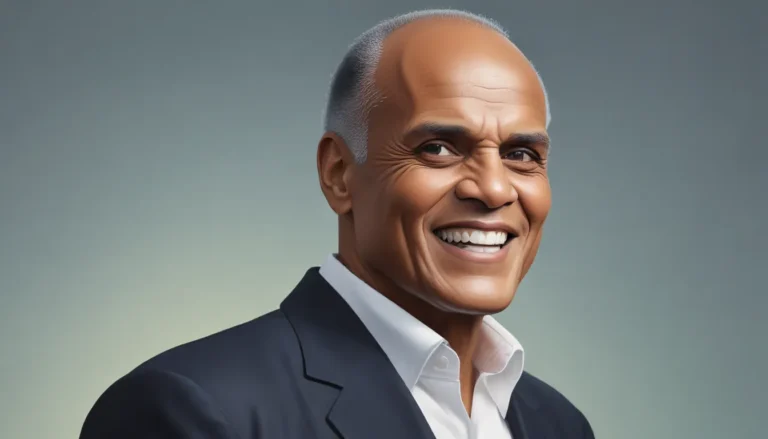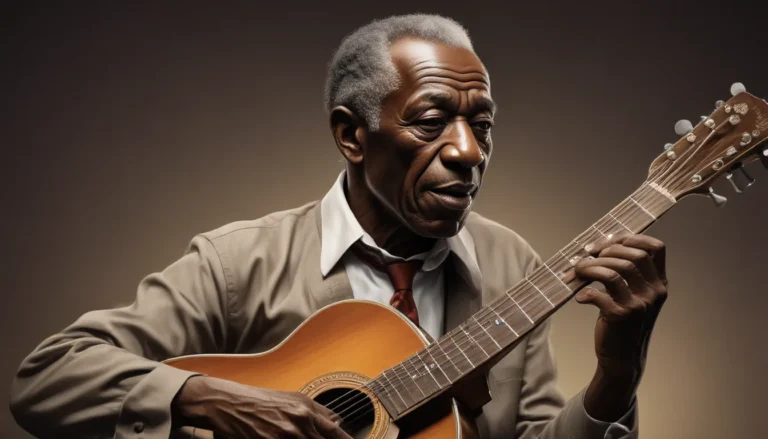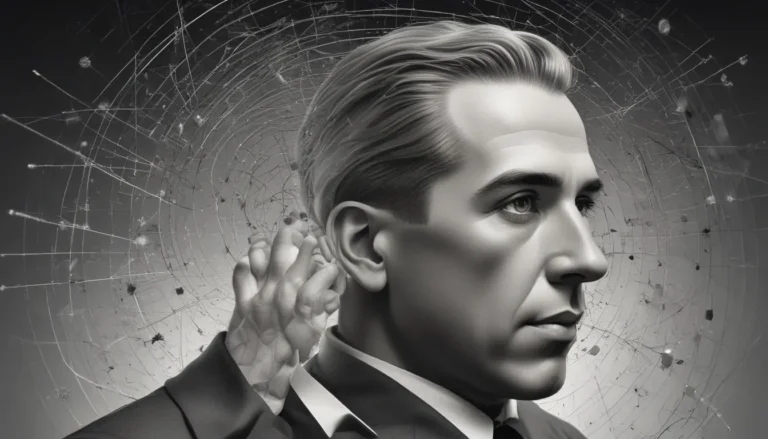The images in our articles may not match the content exactly. They are used to grab your attention, not to show the exact details in the text. The images complement the text but do not replace it.
Pol Pot, the enigmatic leader of the Khmer Rouge in Cambodia, remains a haunting figure in history due to his brutal regime that caused the deaths of millions. Beyond the horrors of his dictatorship, there are remarkable facts about Pol Pot that provide a unique perspective on his life and legacy. From his early years to his rise to power and eventual downfall, these facts offer a chilling glimpse into one of the most ruthless leaders in history. In this article, we will delve into 18 extraordinary facts about Pol Pot, shedding light on his upbringing, ideologies, and the enduring impact he left on Cambodia.
Unveiling the Enigma of Pol Pot
- Pol Pot’s rule led to the deaths of millions and left a lasting imprint on Cambodia through radical agrarian reforms and persecution of intellectuals.
- Despite the overthrow of Pol Pot’s regime in 1979, his ideologies continue to resonate with extremist movements, serving as a grim reminder of totalitarian atrocities.
The Early Life of Saloth Sar
Before adopting the infamous title of Pol Pot, he was known as Saloth Sar, born on May 19, 1925, in Prek Sbauv, Cambodia, destined to become one of the most feared dictators in history.
Journey to France
Pol Pot’s pursuit of education led him to France in the 1940s, where he embraced leftist political movements and cultivated his radical beliefs.
The Birth of Khmer Rouge
In 1968, Pol Pot and his followers established the Communist Party of Kampuchea, known as the Khmer Rouge, with the ambition of creating an agrarian socialist society in Cambodia.
Radical Reforms of Khmer Rouge
Under Pol Pot’s leadership, the Khmer Rouge enforced drastic agrarian reforms, compelling urban dwellers to relocate to rural areas and endure strenuous labor in labor camps infamously known as “The Killing Fields.”
Quest for Utopia
Pol Pot envisioned a classless, self-sustaining communist society in Cambodia, adamantly eradicating all forms of capitalism, individualism, and Western influence.
Devastating Death Toll
Estimates suggest that approximately 1.7 million individuals perished under Pol Pot’s regime, constituting around 21% of Cambodia’s population at the time.
Targeting Intellectuals
Intellectuals were systematically persecuted by Pol Pot, deeming them as threats to his regime. Teachers, doctors, and professionals bore the brunt of this brutal repression.
Abolishment of Education and Religion
During Pol Pot’s rule, education and religion were abolished, with schools and places of worship shuttered, and practitioners facing severe repercussions.
Fall of the Regime
In 1979, the Khmer Rouge regime was toppled by the Vietnamese army, leading Pol Pot into hiding while still exerting influence over the movement for years to come.
Legacy and Lasting Trauma
The ramifications of Pol Pot’s reign continue to linger in Cambodia, with profound social, economic, and political repercussions that the nation grapples with to this day.
Ideological Influences
Pol Pot drew inspiration from Mao Zedong’s communist ideologies, particularly admiring the Great Leap Forward and Cultural Revolution policies in China.
Mass Evacuations and Agony
Under Pol Pot’s tyrannical rule, entire cities were evicted, resulting in widespread suffering, displacement, and anguish among millions of Cambodians, torn apart from their families and subjected to brutal labor.
Paranoia and Purges
Pol Pot’s intense paranoia about internal threats led to violent purges within his ranks, known as “The Party Centre,” to eliminate any potential dissent.
Global Condemnation
The international community vehemently condemned Pol Pot’s regime and its egregious atrocities, promptings isolation and sanctions on Cambodia, though it took time for him to face international accountability for his crimes.
The Continuing Legacy
The creation of the Extraordinary Chambers in the Courts of Cambodia, also known as the Khmer Rouge Tribunal, aimed to bring justice to those accountable for the heinous crimes committed during Pol Pot’s rule.
The Grim Remembrance
The Tuol Sleng Genocide Museum in Phnom Penh, Cambodia, formerly Security Prison 21 (S-21) under Pol Pot’s regime, stands as a grim memorial of the Khmer Rouge’s atrocities.
Echoes of Extremism
Pol Pot’s extreme ideologies and the enduring legacy of the Khmer Rouge serve as influential forces on extremist movements globally, underscoring the stark realities of totalitarianism.
Reflection and Remembrance
In conclusion, delving into Pol Pot’s regime offers a poignant reflection on the atrocities facilitated by authoritarian regimes. These 18 extraordinary facts shed light on the brutal actions and ideologies that defined his rule in Cambodia. It is crucial to learn from history to prevent such atrocities from recurring, fostering a world grounded in justice and compassion. Let us honor the lives lost and impacted during this dark chapter and advocate for human rights, freedom, and dignity for all.
Unveiling the Dark Shadows: FAQs on Pol Pot
Q: Who was Pol Pot?
A: Pol Pot was the leader of the Khmer Rouge, a communist political faction, and the ruler of Cambodia from 1975 to 1979, orchestrating one of history’s deadliest genocides.
Q: How many perished under Pol Pot’s rule?
A: An estimated 1.7 to 2.5 million individuals, roughly a quarter of Cambodia’s population, succumbed to executions, forced labor, and harsh conditions during Pol Pot’s reign.
Q: What were Pol Pot’s objectives?
A: Pol Pot aimed to establish an agrarian communist society in Cambodia, aspiring to eliminate modern elements and establish a classless society based on rural agriculture.
Q: How did Pol Pot enact his vision?
A: Through forced city evacuations, eradication of currency and private possessions, suppression of intellectual and religious institutions, and the establishment of enforced labor camps.
Q: What were living conditions like under Pol Pot?
A: Severe living conditions prevailed under Pol Pot’s rule, marked by forced labor, malnutrition, and extreme brutality, leading to widespread fatalities from starvation, exhaustion, and disease.
Q: What fate awaited Pol Pot after his dictatorship?
A: Following his regime’s downfall, Pol Pot retreated into the Cambodian jungles to evade capture. Eventually arrested in 1997, he met his demise in 1998 before facing trial for his atrocities.
Exploring films like “Germany Year Zero” and “The Killing Fields” offer profound insights into the complexities of human nature and the devastating effects of totalitarian ideologies, shedding light on the historical context surrounding Pol Pot’s regime. By comprehending and reflecting on these narratives, we bolster our commitment to preventing such atrocities from recurring, fostering a world founded on empathy, accountability, and justice. Let us pledge to remember the past, learn from its lessons, and advocate for a future free from oppression and persecution.






